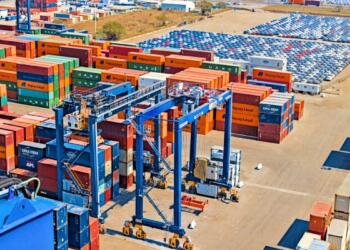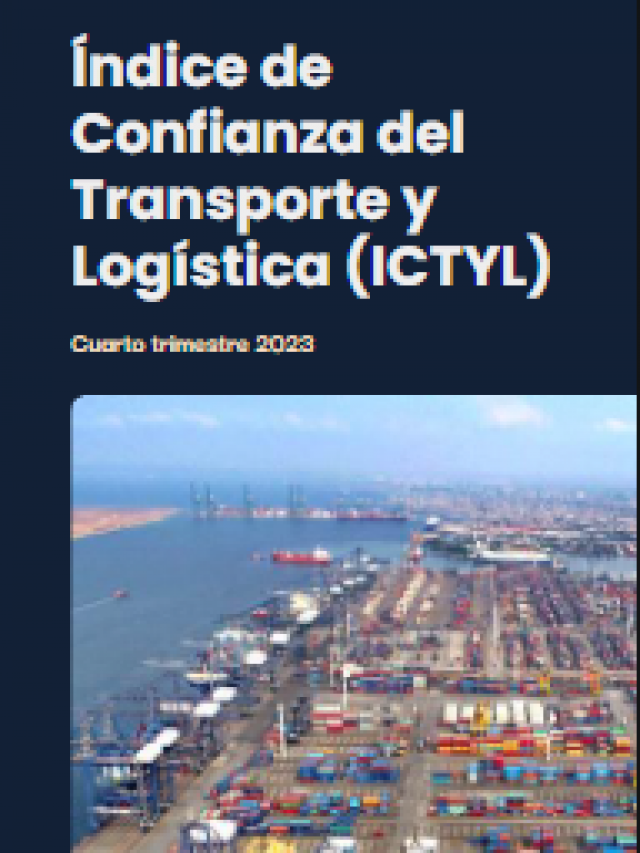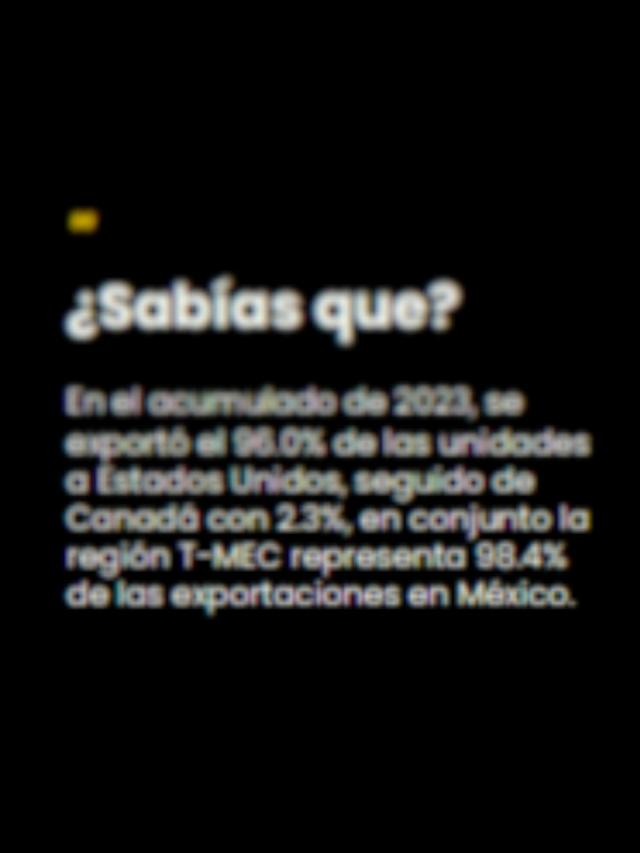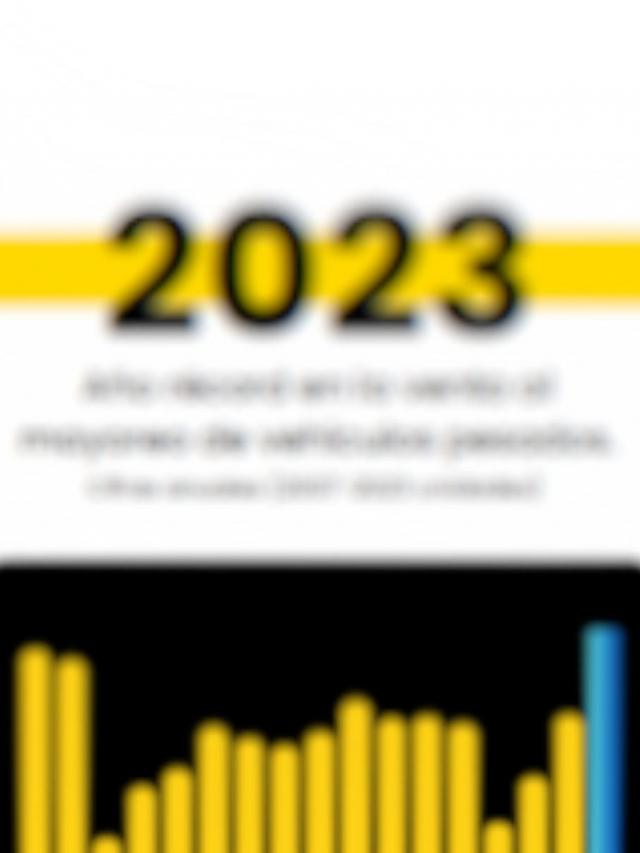
The central, Bajío, and western regions account for more than 80% of cargo thefts in Mexico, a problem that continues into 2025 and is forcing the logistics sector to rethink prevention and operational strategies, according to Luis Villatoro Martínez, president of the National Association of Vehicle Tracking and Protection Companies (ANERPV) .
During the conference “Viable Supply Chain Intelligence and Security Strategies for North America’s Logistics Hub to the World ,” held within the framework of The Logistics World Summit & Expo 2025, Villatoro emphasized that ” security cannot be improvised ,” and that data and operational intelligence must guide all decisions in the sector.
According to the report, in 2024 the central region, which includes the State of Mexico, Puebla, Tlaxcala, Hidalgo, and Querétaro , accounted for 61% of all robberies, while the Bajío and western regions accounted for 23%, mainly in Guanajuato, Jalisco, Michoacán, and also Querétaro . The two areas accounted for 84% of all incidents, revealing a high concentration of crime in a relatively small geographic area of the country.
“Eighty-five percent of the incidents are committed with violence, and 70% occur while the vehicles are in motion,” he explained. The lack of monitoring and prevention protocols, he warned, leaves many fleets vulnerable to increasingly organized criminal groups.
Among the highways most at risk are the Mexico–Querétaro (57D) , Mexico–Veracruz (150D) , and Mexico–Lázaro Cárdenas highways, in addition to the Arco Norte (Northern Arch) . On the latter, for example, the section between Jilotepec and Tula saw its risk level increase from 23% to 33% between 2023 and 2024 .
In the case of Highway 150D, Villatoro highlighted that municipalities such as La Esperanza , in Puebla, are among the most dangerous areas for freight transport.
Even with this outlook, the president of ANERPV emphasized that it is possible to operate safely with accurate information and appropriate measures.
“The myth that you can’t drive at night must be dispelled. With logistical intelligence and technology, it’s possible to reduce exposure, as long as you don’t travel through risk areas without prior analysis,” Villatoro said.
As alternatives, he proposed using less exposed roads , such as Mexico 140D, which connects Veracruz with Amusco via Xalapa, and which can reduce the risk by up to 50% compared to Highway 150D. He also mentioned the option of modifying routes and considering intermodal or rail transport, depending on the risk profile.
Villatoro emphasized the tools that should be adopted as standard to protect logistics operations:
- Layers of physical and electronic security , including door sensors, in-cab cameras, electromagnetic locks, time-delay locks, fifth-door locks, and assistance buttons.
- Satellite tracking technology and full visibility platforms, with real-time data integration, covert GPS, and 24/7 monitoring.
- Operational audit protocols , such as operator safety interviews, exit audits, and the no-stop rule for the first 300 to 400 km of the journey.
- Countermeasures and counterintelligence , which analyze the new tactics of criminal groups. In some cases, gangs have opted not to turn off the engines and instead have pulled the drivers out through the windows to evade engine-stop systems.
- Constant risk analysis , based on geographic data, schedules, cargo types, and the most affected routes.
- Human resources evaluation and process certification using national and international standards.
Nationwide, the food and beverage sector is the most affected, accounting for a third of all reported robberies. ANERPV’s analysis also shows that crimes occur primarily from Monday to Friday , and that organized crime’s operating patterns have evolved, with their methods becoming more sophisticated and their attacks concentrated during peak travel times.
“Today, more than ever, professionalism and a deep-rooted culture of prevention are needed. Logistics security must be planned from route design to the last mile. This is where technology, strategy, and data make the difference,” Villatoro explained.
Comment and follow us on X: @karinaquintero / @GrupoT21
















